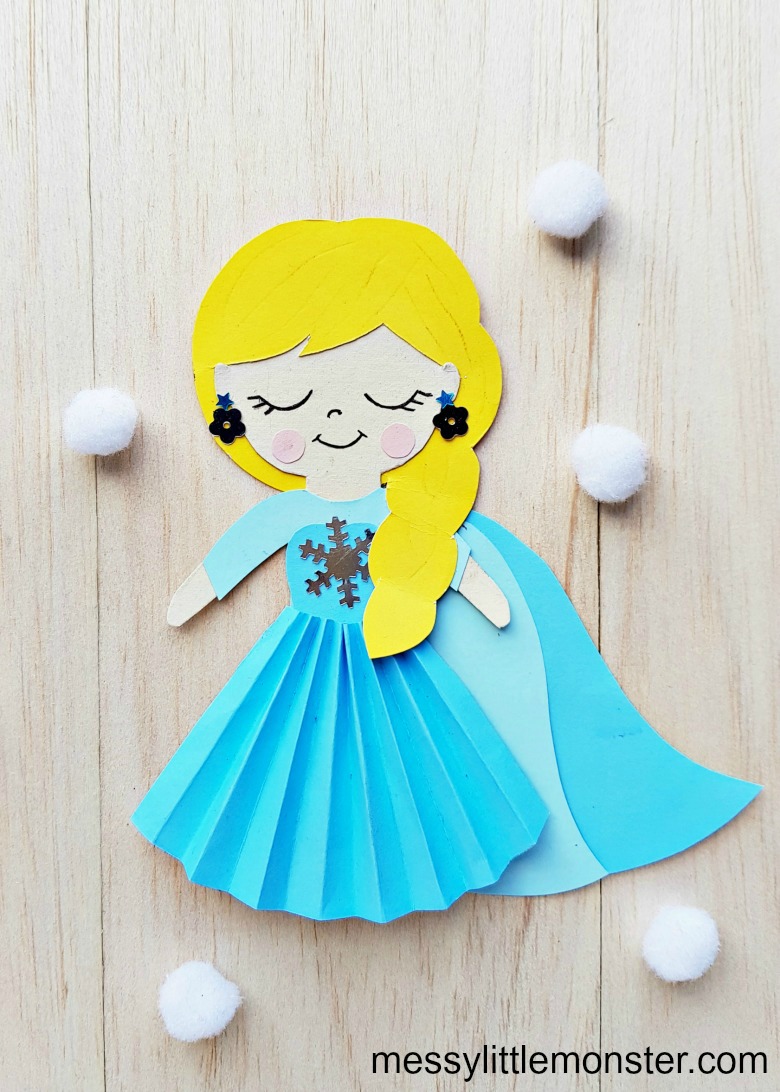
"Make one" refers to the general term "to create a new stitch." There are several different ways to do this, but the pattern is likely to specify one method over another. Choose the method that you want to use based on your preferences. Specific techniques may be listed on the pattern to make certain stitches. These techniques may have different special effects and are listed on a pattern for specific purposes.
M1L
M1L is short for "make one left," and is a leftward-leaning stitch in knitting. You will often find it used in combination with an additional increase on the left. However, it is also possible to use it as a standalone stitch in a crochet pattern. Almost identical to M1R, it is worked by holding the knitting needles close together so that you can see a ladder between two stitches.

M1R
M1R is a knit increase that causes twisted stitches. It is commonly used in reverse direction to the M1L decrease and is located between rows. It serves to increase the stitch without creating gaps.
Knit Front Back
Knit front-and-back is a great technique to improve your knitting skills. This is one of the basic stitches that you should learn to increase a project.
KFB
M1 stands for "Make one". This stitch is very similar in appearance to the yarn over but increases the number stitches on the needle. The main difference in M1 and KFB is that the former increases stitches per stitch. The latter increases stitch count between two existing stitches.
It is not as intuitive to knit in the front or back when you are purling.
Common instructions in knitting patterns include pfb, which is short for purling in the front and rear. It is very easy to master, especially if the stitch is already familiar. This technique increases the number and complexity of stitches per row.

It's easier to follow patterns
Pattern reading may seem difficult if you're just starting out. If you are able to follow a pattern without having to look at each step individually, then you will be able make more projects and save on yarn. Here are some tips to help you make pattern following more enjoyable.
FAQ
Where can I get free resources to learn more?
Many websites offer help in finding new hobbies.
These are our top picks:
www.trythisathome.com - This site provides a list of over 100 different hobbies. It also includes information on how to get started on each one.
www.hobbyfinders.org offers a huge database with thousands of activities. You can search for your interests, skills, location, and many other criteria.
www.indiebazaar.co.uk - IndieBazaar is an online marketplace designed specifically for independent artists and musicians. The site features hundreds of products ranging from artwork to music gear.
www.pinterest.com/explore/hobbies - Pinterest is a social media network that lets users "pin" images they find interesting onto their boards. Users can use boards to organize their favorite things into specific categories.
www.reddit.com /r/Hobbies - Reddit is another social media platform that lets users post links to articles, videos, or other types of content. Voting allows users to vote for the most valuable posts.
Why do we have hobbies?
Hobbies are an important part of our lives because they give us time to relax, unwind, think creatively, exercise, socialize and enjoy ourselves. These hobbies offer us the opportunity to learn new skills, develop valuable lifelong interests, and provide opportunities for us to do both.
Hobbies can help us find meaning and purpose.
These are a great way for you to have some free time, even if there isn't much else.
They're also fun!
If you don't have time for a hobby, then you probably don't have time for anything else either.
You have many choices. Perhaps you should get a hobby started today if you don’t already have one.
Is it possible make a living from a hobby?
Not necessarily.
You could be wealthy if you have a passion for starting your own business.
Let's take, for example, that you love cooking. You enjoy healthy food so you opened a restaurant.
You only prepare organic meals from scratch. To cover the labor and ingredients costs, you will charge your customers a small service fee.
As you build your clientele, you eventually hire employees to help you.
Eventually, you expand your menu to include gluten-free options, vegan dishes, and desserts.
You've now created a profitable business that allows you to live the life you desire.
But, it doesn't mean your day job must be abandoned.
Instead, you could run your restaurant while still working your regular 9-5 job.
What are some enjoyable hobbies for seniors
Senior citizens should enjoy engaging in fun activities. Senior citizens should be active and participate in other activities.
They may want to join clubs that allow them to meet others with similar interests. They'll be less lonely as they get older.
Seniors need to keep up with current trends. For example they could keep up to date with fashion, art music, literature, politics, and so forth.
What is observation hobby?
Observation hobbies involve watching people do the things they love. This could be watching sports, reading books or going on holiday. You might also enjoy observing other people.
Because they teach you how to think creatively, observation hobbies are great. You can draw on this knowledge later, when you work on projects for others.
You'll discover that it's easier to learn if there's a passion for something.
For example, if you want to know more about football, you may watch a game or read a book about it. To learn more about photography, it is possible to visit and take photos.
You can play along with songs online or purchase a guitar if you love music.
You can cook your own meals, or you could go to a restaurant.
If gardening is your passion, you can grow vegetables and flowers.
You could take a class or go out dancing with your friends if you enjoy dancing.
If you love painting, you can paint pictures.
If you like writing, you could write stories or poems.
Drawing pictures is a great hobby.
If you are passionate about animals, you can look after them or work at the zoo.
If science is your passion, you might choose to study biology or chemistry.
History lovers can watch films, read books or listen to podcasts.
If you enjoy traveling, you can travel around the world or just explore your own area.
What's a hobby for children?
Hobby for children is anything they enjoy doing outside of work. Kids might enjoy drawing pictures, making things, painting, writing, crafting, and other activities.
Many parents worry that their kids will get into trouble when they're free to do what they want. This isn't necessarily true, though. If your child is safe and doesn't cause harm to themselves or anyone else, they won't get into trouble.
It is important that people remember that simply because they love doing something does not mean they will always do it. If they are passionate about drawing but hate writing, they might choose to draw pictures over writing.
There are many hobbies available, so you can choose the one you like best.
What are good hobby ideas?
Doing something you enjoy is the best hobby. It will be easier to continue doing what you love if you are passionate about your work. You'll also have an excuse when you're not feeling well or tired!
Our hobbies include painting, crafts, photography and cooking.
You might also consider volunteering at a local charity shop or animal shelter, children’s hospital, hospice, elderly home, school, community centre, church, and other places.
Suppose you're looking for something more adventurous. Try scuba diving, rock climbing or parasailing.
There are many unique ways to spend time in the outdoors, whether you're looking for adventure or a more traditional way to do it. You can go cliff diving, cave tubing or snowshoe hiking, snowshoeing or snowkiting.
Statistics
- Almost 80% of people claim to have no hobby. (hobbylark.com)
- This 100% accurate personality-analyzing hobby quiz discovers your passion based on your characteristics. (quizexpo.com)
- 37% Video Games 36% Travel 36% Health and Fitness (quizexpo.com)
- The intensity of the dialogue partners' bond at the end of the forty-five-minute vulnerability interaction was rated as closer than the closest relationship in the lives of 30 percent of similar students. (time.com)
- A new survey by Pew Research Center of teens ages 13 to 17 finds that 36% of girls feel tense or nervous about their day every day; 23% of boys say the same. (pewresearch.org)
External Links
How To
How to Learn a Musical Instrument
There are many ways you can learn to play music. You could go to a school or buy a book. You could also take lessons from an experienced musician, watch videos online, and so on. These are just a few tips and tricks to help you get started if you're determined to make your own path.
-
Find something that interests your interest. You don't have to like every instrument you see. It's difficult to take up a hobby if you don’t love playing the instrument.
-
Be patient. Learning something new takes time. You don't have to learn everything in one go. Instead, keep practicing every day.
-
Make sure you practice regularly. You can do this even when it is hard. This will ensure you don't forget what lessons you have just learned.
-
Pick a place where you can practice. It is best to find a quiet space where you will not disturb others. It is important to keep the room clear of distractions. Also, don't let loud music play near your home.
-
Have fun. Music should be enjoyed. So make sure that you always have fun while practicing. It will make you more motivated to keep going.
-
Set goals. If you set goals, then you will know exactly how you want to get there. You will never be ashamed to fail.
-
Keep track of your progress. Note down your successes and mistakes. Doing so will help you improve over time.
-
Take breaks. Sometimes all it takes is to take a breather. Taking breaks can give you the time to think.
-
Ask questions. If you have any questions or doubts about the instrument, ask other people. They might be able to assist you.
-
Listening is the best way of learning. Many musicians learn by listening to the songs they love and then imitate them. This helps them understand the basic concepts behind the song.
-
Read books. Watching videos or taking classes will not teach you as much as reading books. Books contain information you will not find anywhere else.
-
Join a group. You will be able to practice more when you play with others. Plus, you'll meet people with the same interests as you.
-
View tutorials. Tutorials are videos that provide detailed explanations of various topics. Tutorials are short videos that focus on one part of the instrument. You can learn difficult parts of the instrument by watching tutorials.
-
Try different methods. Some people prefer to learn through lectures, whereas others learn better by reading. Keep trying until you find your preferred method.
-
Practice makes perfect. There is no way to be an expert overnight. It takes a lot of work to be able to perform well.
-
Begin a group of musicians. Listening to other people play their favorite songs can help you learn faster.